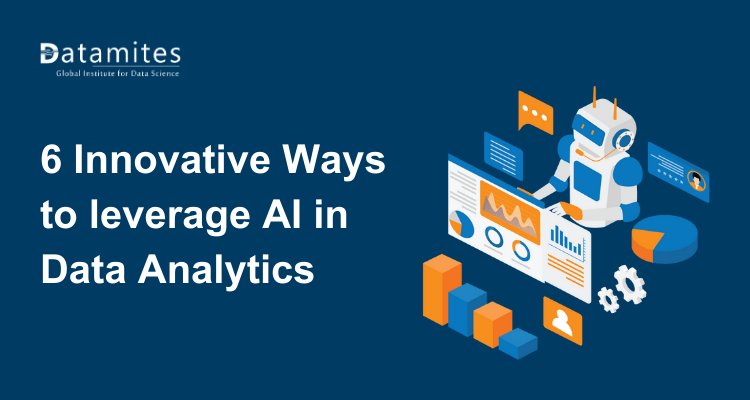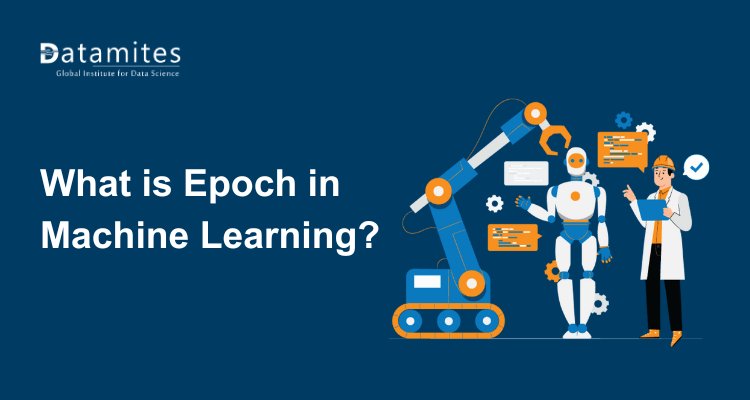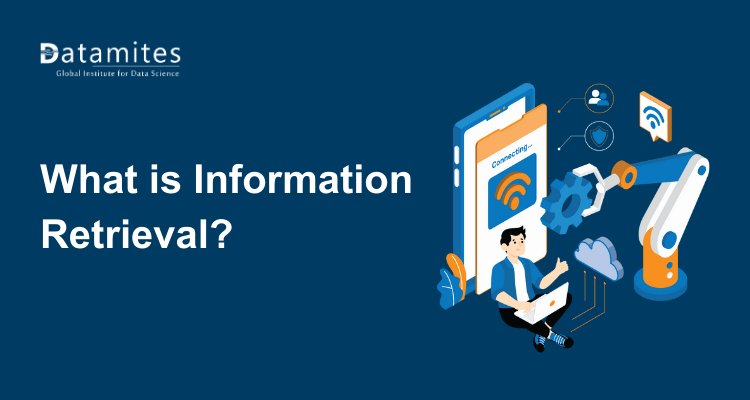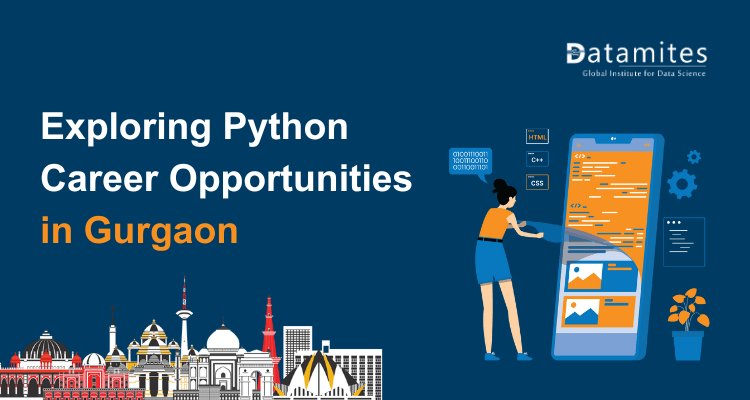6 Innovative Ways to Leverage AI in Data Analytics
Explore 6 innovative ways to leverage AI in data analytics, from code automation to real-time insights. Learn about future trends, key challenges, and how AI is transforming decision-making in today’s data-driven world.

In the data-driven era, combining artificial intelligence and data analytics transforms raw information into actionable insights. With AI tools for data analysis, organizations can automate processes, enhance AI for data visualization, and accelerate data analytics projects. From leveraging advanced data analysis libraries to platforms like DataRobot, AI empowers businesses to make faster, smarter, and more accurate decisions.
According to TechRadar, 97% of analysts now use AI and 87% leverage automation, enabling automated ROI tracking for time and cost savings. India’s analytics market is experiencing rapid growth, with strong projections for the coming years giving a boost to the AI and data analytics industry.
Understanding artificial intelligence in data analytics
AI enhances data analytics by automating complex processes, improving accuracy, and enabling real-time insights. Using tools for data analysis, data analysis libraries, and platforms like DataRobot, organizations can streamline workflows, uncover hidden patterns, and deliver predictive intelligence turning vast data sets into clear, actionable strategies for better decision-making.
According to TechSci Research, India’s analytics market is expected to grow at a CAGR of 31.22%, reaching USD 12.10 billion by 2031. No-code dashboards and AI-generated summaries further simplify justifying analytics investments while accelerating the overall decision-making process and leveraging AI into data analytics give a boost to the tech industry.
Refer to the articles below:
- Applications of Data Analytics in Pharma Industry
- Data Preparation for Data Analysis
- Introduction to ETL in Data Analytics
6 Innovative ways to leverage artificial intelligence in data analytics
Artificial Intelligence is revolutionizing data analytics, offering innovative ways to extract deeper insights, automate processes, and drive smarter business decisions.
1. Code generation and error resolution
An emerging application of AI for data analysis is automated code generation. AI coding assistants create SQL, Python, or R scripts, using data analysis libraries to detect errors and ensure seamless analytics pipeline execution.
Platforms offer automated machine learning pipelines, minimizing manual coding while improving accuracy. This speeds up data analytics projects, letting teams focus on insights rather than debugging, boosting productivity and reducing human error.
2. Interpreting data analysis and communicating insights
AI now interprets statistical analysis and models and explains results in plain language, closing gaps between analysts and decision-makers. AI tools for data analysis summarize findings, detect anomalies, and deliver clear, visual insights automatically.
With AI for data visualization, systems choose optimal charts and craft interactive visuals for non-technical users. Using NLG, platforms create narrative dashboard summaries, ensuring stakeholders grasp data implications effortlessly.
3. Generating synthetic data with AI
Limited data availability often delays data analytics projects. AI solves this by generating synthetic datasets that mirror real patterns while safeguarding privacy, enabling model training even when access to sensitive information is restricted.
Artificial Intelligence and Data Analytics platforms with generative models create anonymized datasets for testing or proofs of concept. Leveraging data analysis libraries, analysts can experiment, validate, and refine predictive systems without waiting for live data.
4. Designing interactive dashboards and reports
Dashboards are central to analytics, and AI for data visualization enhances them by automatically creating interactive layouts that adapt to preferences, highlight metrics, and recommend the most relevant KPIs for decision-making.
AI-powered dashboards, use AI tools for data analysis to detect trends and update reports instantly. Sudden sales pattern changes trigger visual alerts, enabling businesses to react quickly and effectively.
5. Automating data extraction using AI
Extracting data from varied structured and unstructured sources is traditionally slow. AI uses NLP and computer vision to automate pulling information from documents, images, and APIs, streamlining the initial stage of analytics workflows.
By combining data analysis libraries with AI tools for data analysis, organizations automate collection and preparation, accelerating data analytics projects. This reduces human error, ensures accuracy, and speeds transformation from raw data to actionable insights.
6. Improving data quality using artificial intelligence
Reliable analytics depends on high-quality data. AI detects and corrects inconsistencies, missing values, and anomalies, with Artificial Intelligence continuously monitoring data streams and applying automated cleansing algorithms for accuracy.
Using data analysis libraries, AI flags errors before affecting predictive models. Platforms identify abnormal patterns, enabling proactive quality management so data analytics projects deliver accurate, trustworthy, and actionable business insights consistently.
Looking ahead, advancements in explainable AI and real-time anomaly detection will further enhance data reliability and decision-making speed.
Refer to the articles below:
- Data Analyst Course Fee in Hyderabad
- Data Analyst Course Fee in Chennai
- Data Analyst Course Fee in Bangalore
Future trends in artificial intelligence & data analytics
The future of Data Analytics and artificial intelligence is advancing toward hyper-automation, explainable AI (XAI), and real-time decision-making. As AI for data visualization improves, conversational dashboards will let users query data naturally, receiving instant visual and narrative insights.
According to a Gartner report, it is predicted that by 2030, the majority of AI models will be trained using synthetic data, reducing dependency on real-world datasets while ensuring privacy and scalability. Together, these trends in data analytics will reshape how organizations operate, enabling smarter, faster, and more accessible data-driven decision-making. However, challenges such as data privacy concerns, integration complexities, and the need for skilled talent must be addressed to fully realize AI’s potential in analytics.
Key challenges in adopting artificial intelligence for data analytics
Despite the advantages of artificial intelligence for data analyst, challenges persist. Data privacy laws can restrict access, requiring responsible adoption. Dependence on platforms or AI dashboards demands skilled oversight to validate insights, ensure accuracy, and address potential model biases.
- Data Privacy and Compliance – Stringent data protection laws often restrict access to sensitive datasets, impacting AI model training and analysis. Organizations must adopt responsible AI practices to ensure compliance while maintaining data integrity.
- Skilled Oversight and Bias Management – AI dashboards require experts to validate insights, ensure accuracy, and address model biases.
- Integration with Existing Workflows – Incorporating AI into established data analysis libraries and processes without disrupting operations is a significant challenge.
- Upskilling and Governance – Organizations must invest in professional training, strong governance, and strategic planning to fully utilize AI for data analysis and visualization.
- Competitiveness and Career Growth – Leveraging AI for automation, pattern detection, and forecasting enhances innovation, while enrolling in a Top IT course in demand despite varying fees remains a smart move for long-term career success.
In today’s market, a data analyst course helps learners detect patterns, automate workflows, and forecast trends making it a smart investment despite varying data analyst course fees for long-term career growth.
Refer to the articles below:
- What would be the Data Analyst Course Fee in India
- Data Analyst Career Scope in India
- How to Become a Data Analyst in India
Enrolling in a Data analyst course in Pune in leading cities such as Bangalore, Hyderabad, Chennai, Mumbai, Coimbatore, Ahmedabad, Delhi, Jaipur, Kochi, and Kolkata offers aspiring professionals valuable industry exposure, practical skills, and a strong foundation for a successful analytics career.
DataMites Institute is a leading training provider in India, delivering expert-led programs in Data Analytics, Data Science, Machine Learning, Artificial Intelligence, Python, IoT, and Data Engineering. Its industry-relevant curriculum features hands-on projects, certified internships, placement assistance, and globally recognized certifications accredited by IABAC and NASSCOM FutureSkills.
With flexible online and offline learning modes, DataMites equips learners with future-ready skills to excel in today’s competitive job market. The institute maintains a strong nationwide presence, offering Data analyst courses in Chennai with placements across all major cities, including Bangalore, Pune, Hyderabad, Ahmedabad, Coimbatore, Mumbai, Delhi, Jaipur, Kochi, and Kolkata.





